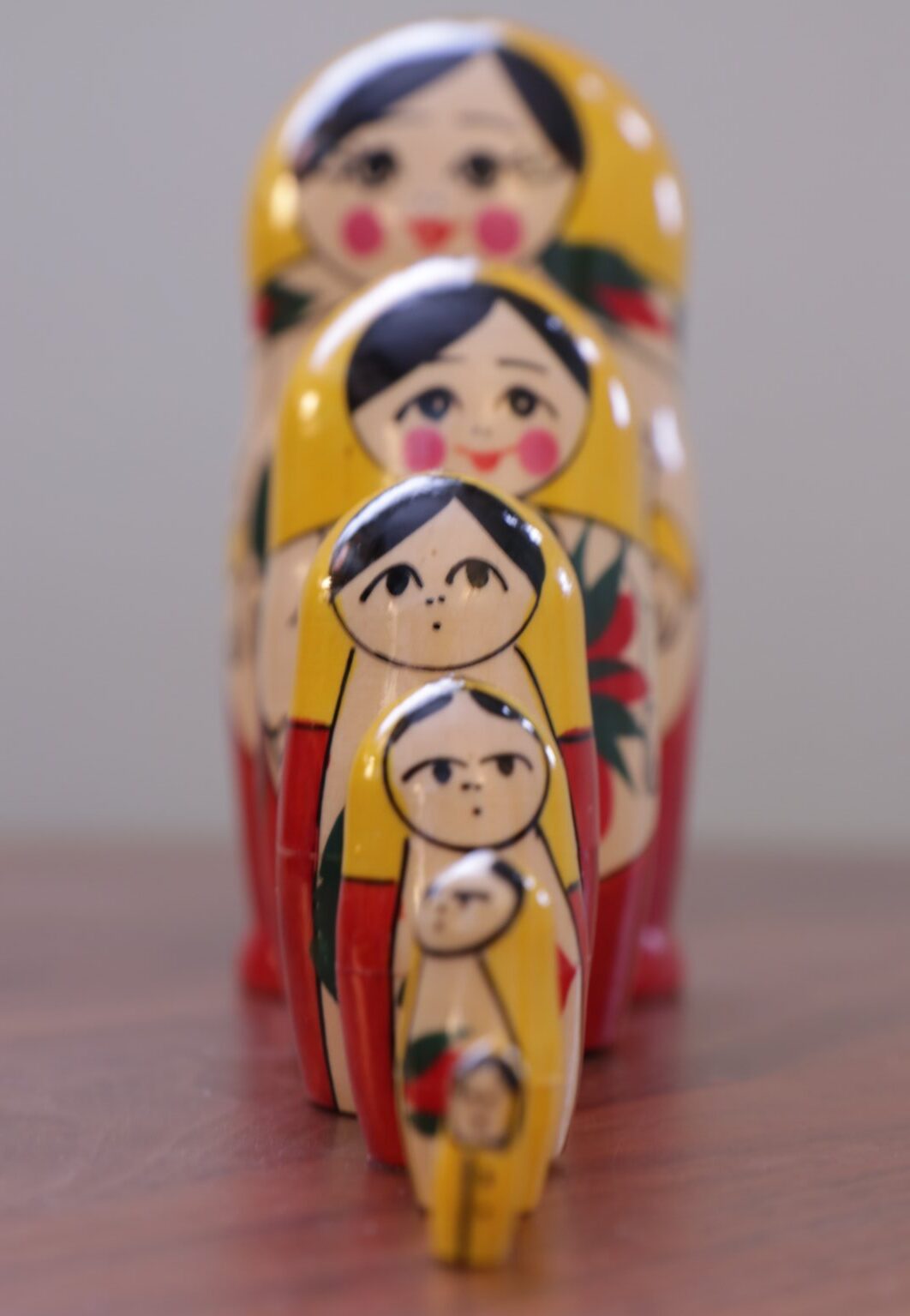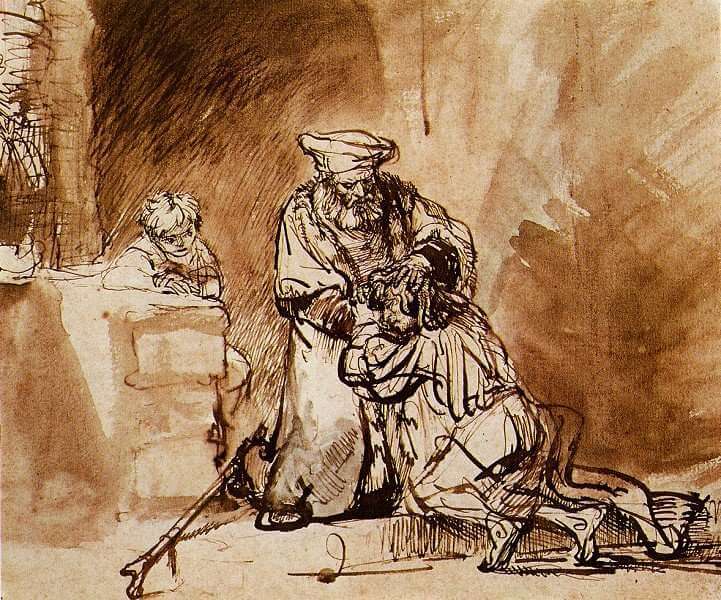
Unblend to overcome!
You are complex
If you have been following my work for any length of time, you will already know that this approach turns a lot of medical thinking on its head. The idea of unblending is no exception to that idea! So many of the clients I work with have been trying more medical solutions for years and have become very frustrated with rehabs, therapists and Doctors.
I start the work by telling them that questions of how to manage and heal their issues is not the best place to start! In my experience, if you start with those type of questions you are setting yourself up for confusion and conflict. The best question to start with is who is it that is asking the questions! It’s not as straight forward as you might think, because you are complicated!

But don’t worry. There is a way of simplifying your complicated nature. In order to make really effective progress you only have to understand two areas of your complexity, your brain and your mind!
I want you to think of two rooms in your head, your brain is in the back room and your mind is in the front room. Got it? That’s not so difficult now, right? Well, these rooms are very different, they think differently, they work differently and they see the world differently. Once you understand the differences between them you will have gone a long way towards effective practice.
The point is that they can both ‘run the show’ as it were. Your thinking, feeling, and behaviour can all originate from either room. So the place to start is to understand which room is running the show, since they have very diiferent views about what constitutes good and healthy behaviour and outcomes.
So the difference in your experience will be enormous, depending on which room is making the decisions. To give you a head start in understanding yourself better from this multifaceted perspective, let me first describe the main differences.
Understanding the main differences
Let’s look at the front room first. You can think of this as your mind, or your authentic self. This is the real you, in terms of the higher functions. It includes all the things that make you human. Things like morals, ethics, and attitudes like “who do I want people to think I am” and “what kind of person do I want to be”.
When you consider the front room, the main word to remember is ‘response’. You respond from this room because responses are considered and include those elements of self worth, self image and self standards mentioned above.
The back room you can think of as your brain, or your protector. If the front room is more spiritual in nature, the back room is more animal. In the back room are the lower functions, such as self security, self safety and self survival.
When you consider the back room, the main word I want you to remember is ‘reaction’. This is because reactions are automatic, based on survival and consider themselves succesful simply by surviving the experience.
These differences will give you an idea of what the two rooms care about and, as a result, what it might be like to have them ‘run’ any situation in your life. Now that you have a basic idea, let me give you a simpler idea about the differences.
Your back room (brain) does not care about your money, your job, your relationship, your family, your success in life, your career or your health. And it does not care about the future!
Your front room cares about all those things, and, what’s more, you will generally know when the front room is in charge because of your state. In the neuroscience based IFS approach, the authentic (front room) state is understood as
CALM
CLEAR
CURIOUS
CREATIVE
CONFIDENT
COURAGEOUS
CONNECTED
COMPASSIONATE.
Because it’s so important to see your state as the starting point of your enquiry that I have written more about it. Follow this link for Everything starts with your state. To be clear, your state is the main thing that tells you which room is running the show.
Before you decide what to do next, what to say, or how to feel about anything that has happened, always try to remember to ask yourself this, “do I feel calm”? “do I feel confident, courageous etc.”? This raised awareness of your state will be the key to huge progress in your personal development and overcoming your issues. Learning to not only differentiate between the two rooms, but to make decisions mainly from the front room is the main difference between successful and unsuccessful people.
So this is where the idea of ‘unblending’ comes in. This is why I started this by saying that when you ask yourself what to do about your situation without unblending places you in a confused and conflicted position before you have even started. Unblending is the process of making a distinction between your front room and your back room. As you practice more and more, you will become so much more aware of which room is dominating the proceedings by your quality of state. In any challenging situation, when you feel your authentic state of calmness, confidence or courage drop out, try your best to stop! Give yourself time to focus on improving your state, before you go making any important decisions! There are tools I have developed to help you with this. Follow these links for help. Big picture little picture. Awareness acceptance action.

You are normal!
It can be quite a hurdle to see yourself this way. I belive that, as a culture, we are soaked, saturated in the medical model. This means that, unless we retrain ourselves to the contrary, the first question we tend to ask is “what seems to be the trouble”? Our assumption is usually that there is something wrong with us. This is backed up by our (blended) experience, which is often full of things that we wish would have been different, things that we wish we had not done or said.
When we adopt an approach based on neuroscience, the starting point is different. We start by unblending the two rooms. As we get better at doing this, our apparently ‘crazy’ behaviour starts to make sense! Once you start to spend more and more time in your authentic state, you will see that you do not need to be told what to do, you will already know! Let me put it in the form of a question.
Do you think your life would improve If you could find a way to stay in the front room? Imagine making more and more decisions from a calm confident courageous clear thinking position! This is your future.
Learning to use the difference
Once you have grasped the basic difference betwee these two rooms you are ready to take charge of your life. So lets make a start!
Let me ask you this. Are there parts of you that you hate? Are there ways that you are that you wish would go away or stop happening? These are occurences of the back room and to make real progress you need to stop hating and fighting! After all, you are losing that fight, right?
It no longer makes sense to hate these parts of you once you understand that they are just trying to help you and protect you. Think of the parts of the back room as younger versions of you. They don’t know what you know, they do not have your wisdom or understanding. And they only care about your safety comfort and security.
As you learn to follow this approach, you will learn to appreciate your back room, it’s not the enemy, it’s your friend! The main thing that neuroscience ahs helped us understand is that your brain can rewire, its brilliant at it!
The main practice is to negotiate with the back room from the front room. Ask your back room to trust you with particular situations. This takes time but will amaze you once you start to see results.
Thank you for taking the time to read this, I hope you are encouraged by what you have learned. Here are some more links to help you understand and practice.
The observer position. How neuroscience can help your recovery.
















